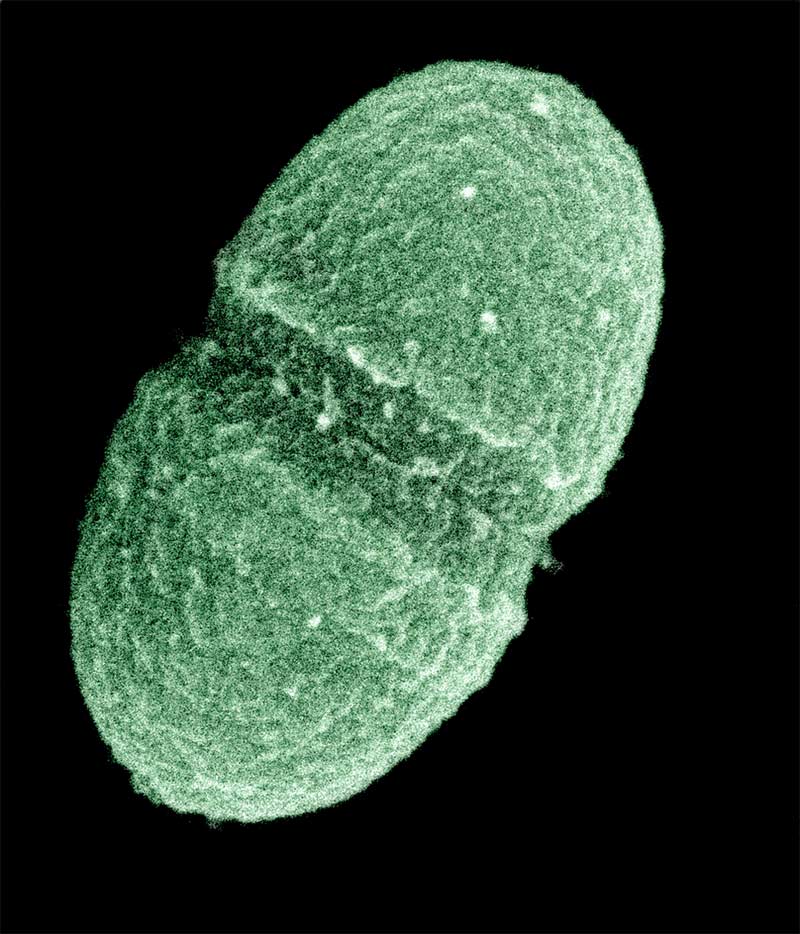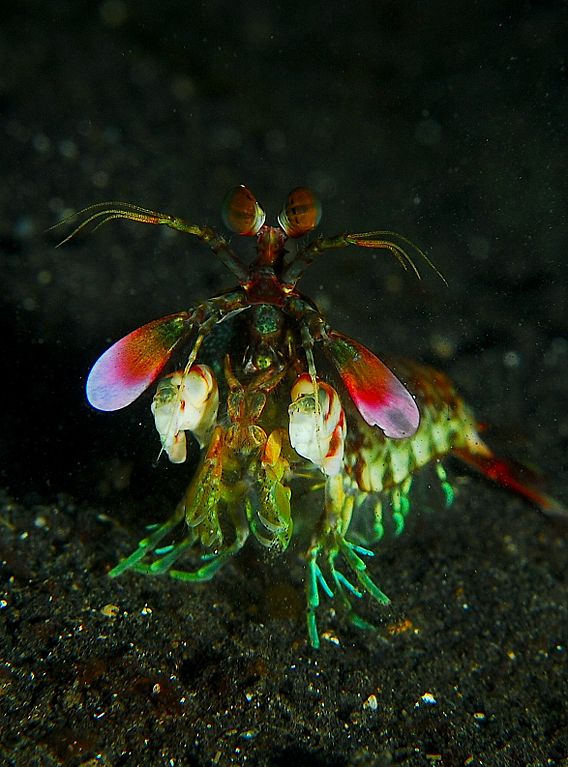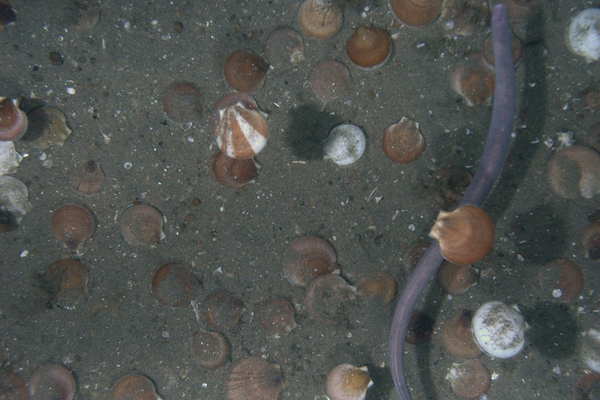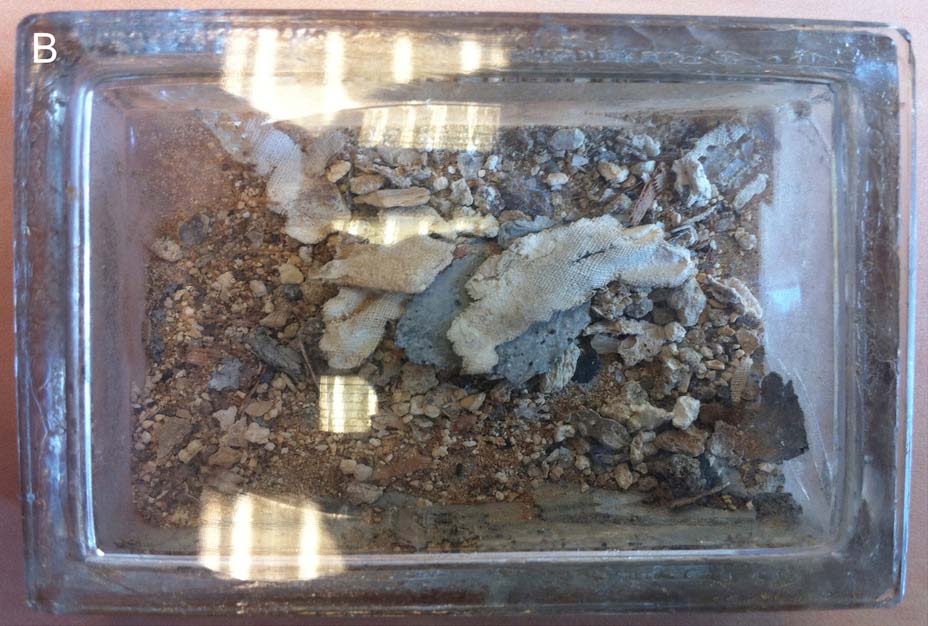25 Fun Facts About Science & History
El Azizia in Libya is HOT

On Sept. 13, 1922, the mercury soared to 136 degrees Fahrenheit (57.8 Celsius) in El Azizia, Libya. Scientists say this is the hottest temperature ever recorded on the planet, though higher temperatures might have occurred in places where there are no measuring stations.
You're full of bacteria

The human body is full of friendly bacteria, with organisms on our skin and in our guts helping keep our bodies humming. Breast milk alone can have up to 700 species of bacteria, according to a study released in January 2013.
The platypus is not so cute and cuddly

The male platypus has a venomous spur on its hind foot capable of dispensing a poison that can kill a medium-sized dog.
The Catholic Church once put a dead pope on trial

The Catholic Church once put a dead Pope on trial. After Pope Formosus died in A.D. 896, his successor had him disinterred, dressed in papal robes and set up to face a laundry list of political charges. The cadaver lost.
There's a disorder that makes it hard to recognize faces

Prosopagnosia is a disorder in which people struggle to recognize faces. Faces are so important that humans have a brain area called the fusiform gyrus that specializes in recognizing them. Developmental problems or injuries to the fusiform gyrus can leave people clueless about the looks of even loved ones.
Mantis shrimp are dangerous fellas

Mantis shrimp can use their armored claws to strike at speeds of 74 feet per second (23 m/s), delivering blows with 200 pounds (91 kg) of force behind them. The crustaceans are only about 4 inches (10 cm) long. Guess how they earned the nickname "thumb-splitters?"
Scallops have good vision

Scallops have as many as 100 simple eyes. They're frequently blue.
Pregnancy comes with a built-in life support system

When a woman gets pregnant, she's not only growing a baby — she's growing a support system for that fetus. As a result, pregnant women have about 50 percent more blood by week 20 of pregnancy than they did before they conceived.
Richard the Lionheart's heart is still around

King Richard the Lionheart's heart is still around. After the English monarch died in 1199, his heart was removed and preserved — though today it's basically just a pile of dust.
This sauropod has the longest neck for its body size

The dinosaur with the longest neck for its body size is Mamenchisaurus hochuanensis, a sauropod dino that lived in what is now China. The American Museum of Natural History in New York has a Mamenchisaur specimen with a 60-foot-long (18 m) total length, a whopping 30 feet (9 m) of which is neck.
Sign up for the Live Science daily newsletter now
Get the world’s most fascinating discoveries delivered straight to your inbox.

Stephanie Pappas is a contributing writer for Live Science, covering topics ranging from geoscience to archaeology to the human brain and behavior. She was previously a senior writer for Live Science but is now a freelancer based in Denver, Colorado, and regularly contributes to Scientific American and The Monitor, the monthly magazine of the American Psychological Association. Stephanie received a bachelor's degree in psychology from the University of South Carolina and a graduate certificate in science communication from the University of California, Santa Cruz.










